Discovering that your child has type 1 diabetes can be an overwhelming and isolating experience. As parents, navigating this new reality brings a lot of questions and concerns. It’s essential to have the time and support to process your emotions and adapt to this new journey. Connecting with another parent who has faced similar challenges can make a significant difference.
You are not alone. We understand what you’re going through. Our T1D Family Support volunteers are here to provide compassionate support and valuable information. These volunteers undergo a comprehensive training program and are dedicated to offering assistance and resources (excluding medical advice) to other parents. Confidentiality is a priority, and our services are entirely free of charge.
Our Services Include:
- Emotional support for parents of children with T1D
- Information and referrals to state and community resources
- Trained T1D Family Support volunteers who closely match your parenting experience
- Social and recreational events such as camps
- Up-to-date non-medical information and resources on T1D
Washington Type 1 Diabetes Family Support
Department of Health is partnering with PAVE (Washington State’s Family to Family Health Information Center) and Parent to Parent (P2P) to provide statewide support opportunities for families of children with T1D. To learn more about Washington state’s Type 1 diabetes support read the PAVE article Positive Change Through Diabetes Parent to Parent and Diabetes Task Force.
Are you a parent or caregiver raising a child with Type 1 Diabetes (T1D) and need support and information? Or…Are you a parent or caregiver raising a child with Type 1 Diabetes (T1D) and interested in providing support and information to a new parent?
Become a Mentor: This project will use the peer-to-peer model to develop resources to support families of children with T1D through parent support mentor training and recruitment.
New to T1D? Parent support is available through phone or video chat to connect with other T1D families with lived experience.
Have questions? Contact us! Email coordinator@t1dfamilysupport.com or call 253-330-9367.
Check out our Padlet full of helpful resources for managing Type 1 diabetes, with tips for daily care and staying healthy. Click the link below to find tools and support all in one easy place!
Diabetes
According to the CDC:
Diabetes is a chronic (long-lasting) health condition that affects how your body turns food into energy.
Your body breaks down most of the food you eat into sugar (glucose) and releases it into your bloodstream. When your blood sugar goes up, it signals your pancreas to release insulin. Insulin acts like a key to let the blood sugar into your body’s cells for use as energy.
With diabetes, your body doesn’t make enough insulin or can’t use it as well as it should. When there isn’t enough insulin or cells stop responding to insulin, too much blood sugar stays in your bloodstream. Over time, that can cause serious health problems, such as heart disease, vision loss, and kidney disease.
Videos focused on the psychological and emotional parts of Type 1 Diabetes (T1D):
Distress & Burnout
good for diabetes
Videos focused on the medical management of T1D:
Diabetes 1 pager
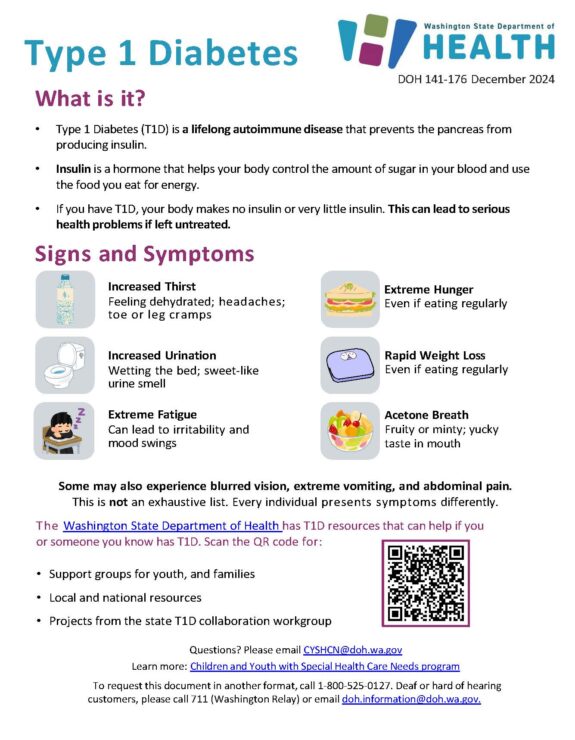
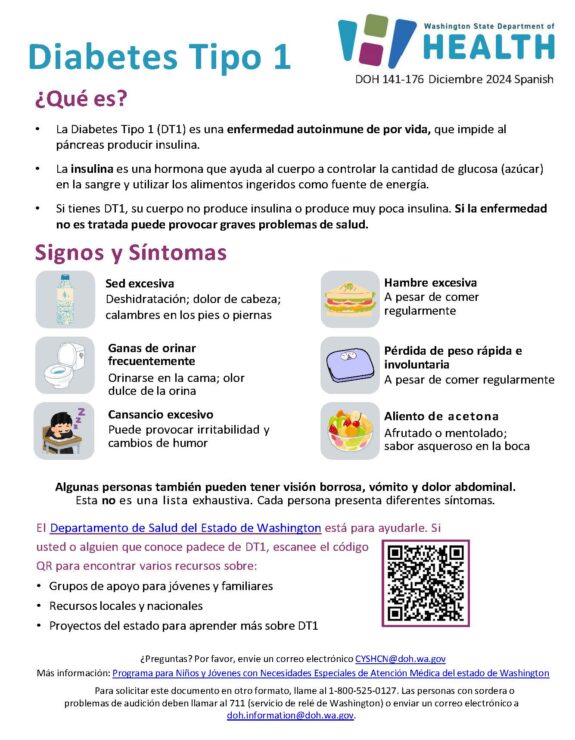
Download the Type 1 Diabetes 1 pager info sheet Descarga la hoja de información sobre la Diabetes Tipo 1
Downloadable Resources
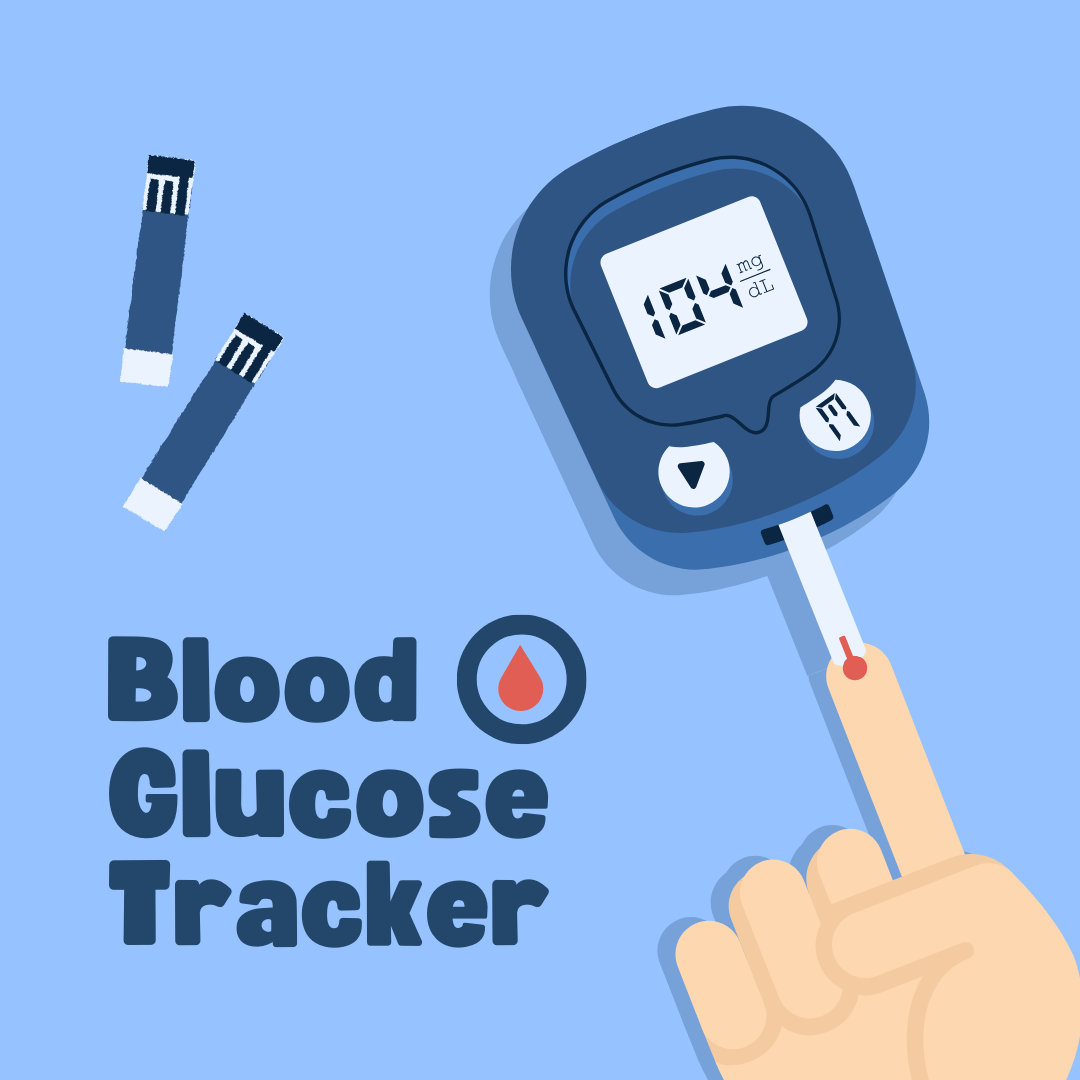
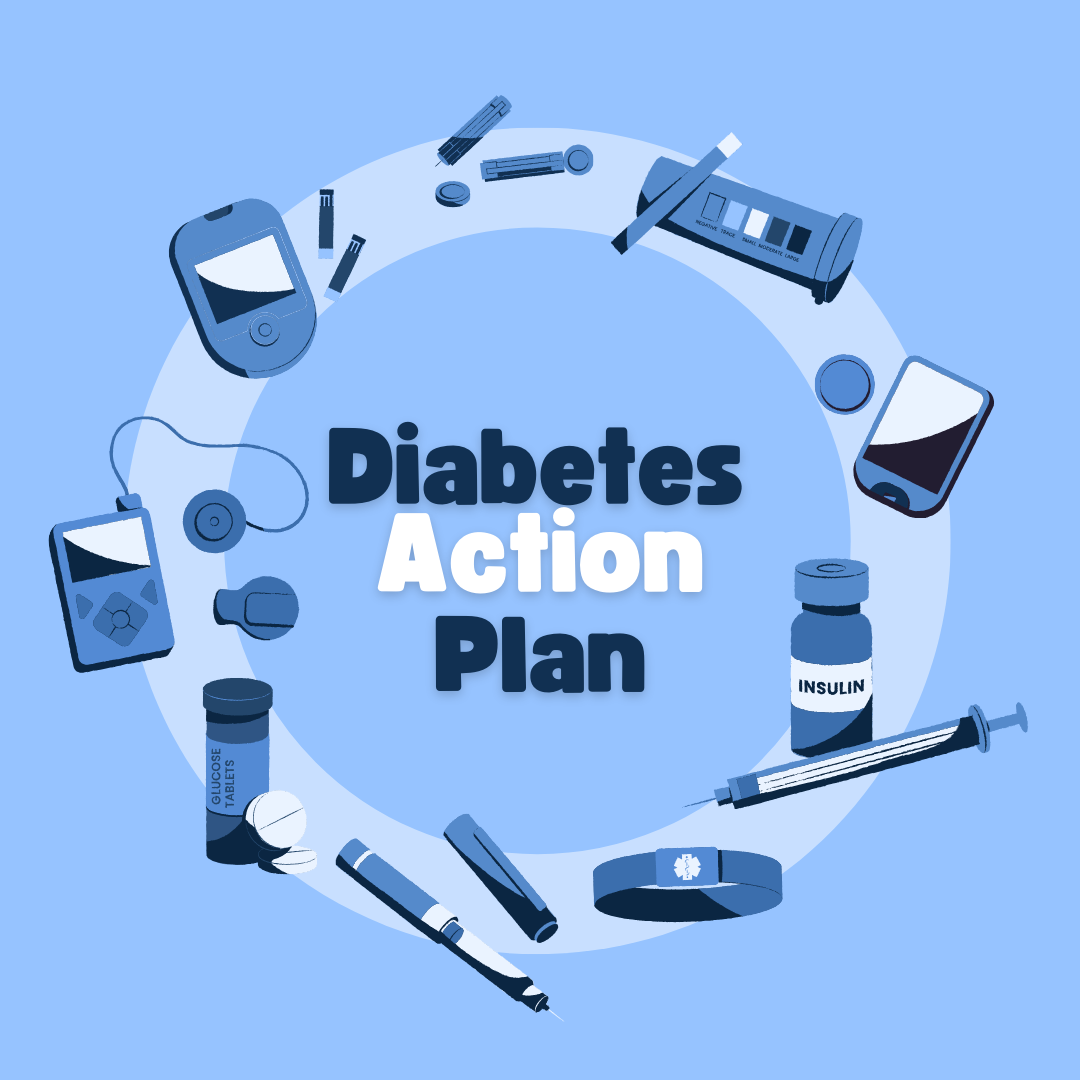
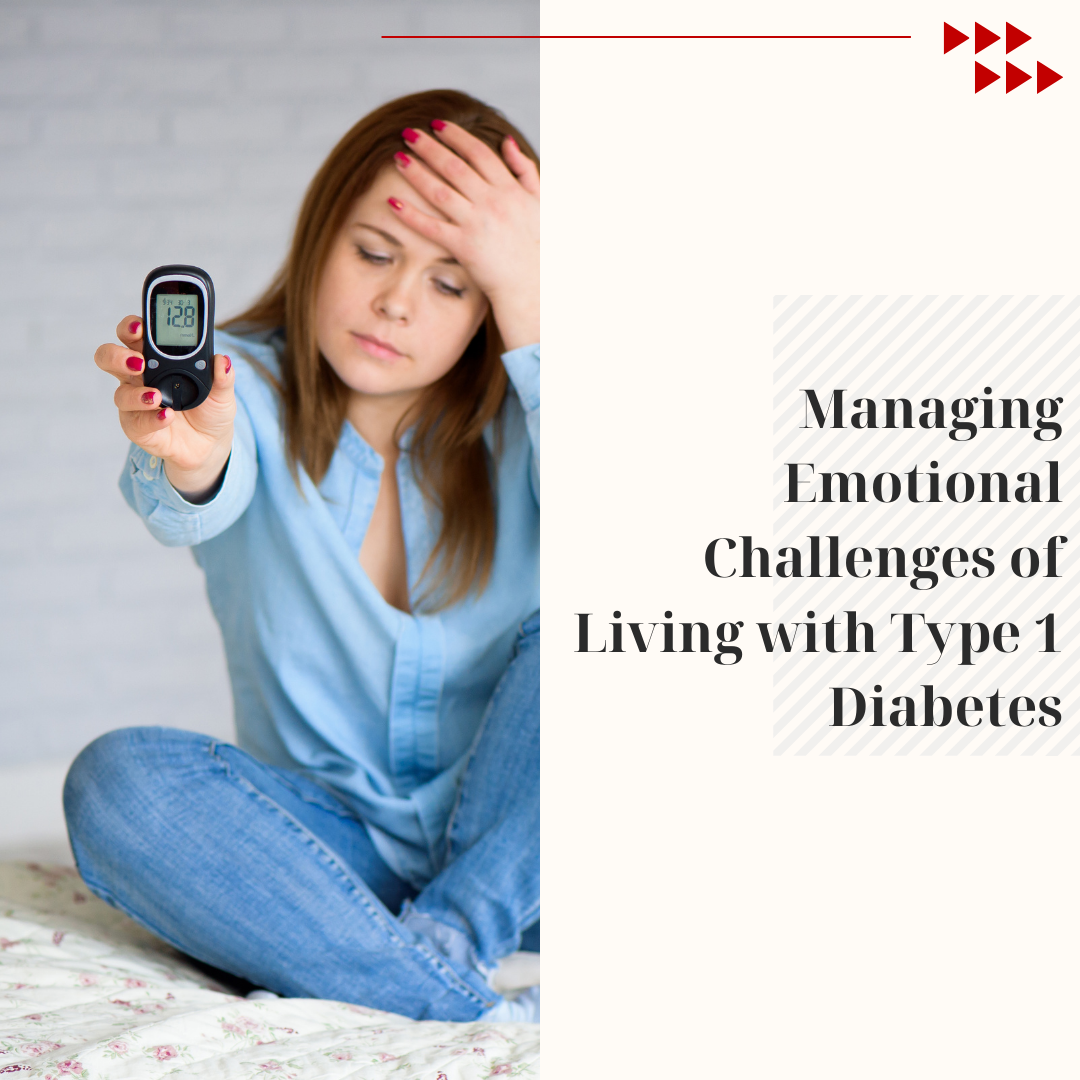
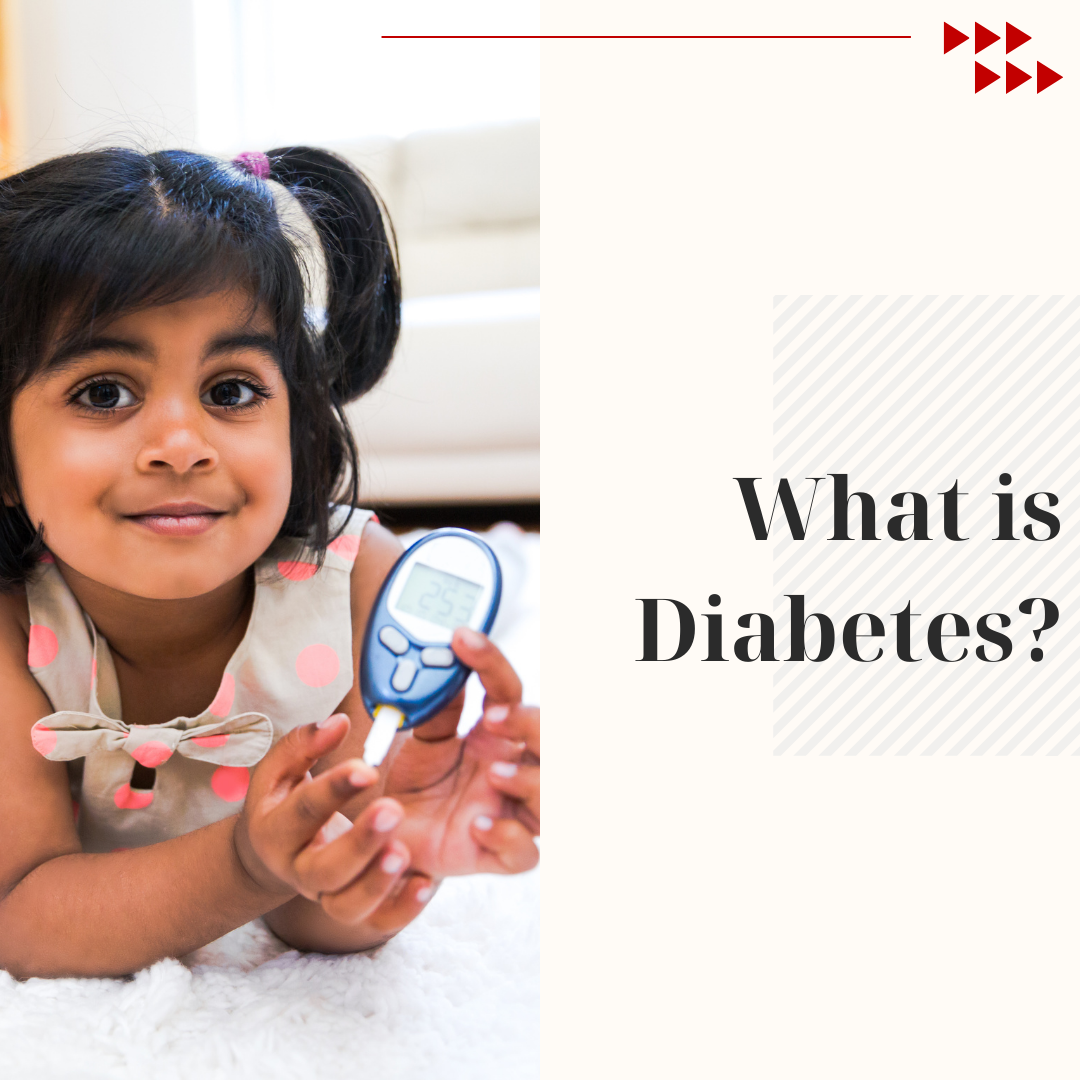
- Guidelines for Care of Students with Diabetes (DoH and OSPI)
- Sick Days/Ketone Management
- When to Call Your Diabetes Team (Spanish) (Somali) (Vietnamese)
- Your Insulin Pump (also in Spanish)
Articles
- 3 Ways To Help Manage Your Child’s Type 1 Diabetes
- Eating Disorders and Disordered Eating in Type 1 Diabetes
- Giving an Insulin Injection Using a Pen
- Help for Families Newly Diagnosed with Type 1 Diabetes
- How to Treat Low Blood Sugars
- The Mental Health Comorbidities of Diabetes
Websites
- American Diabetes Association
- CDC: Living with Diabetes
- DiaTribe
- Juvenile Diabetes Research Foundation (JDRF)
- Seattle Children’s Hospital Endocrinology and Diabetes Patient and Family Resources
- The Diabetes Link: Where Young Adults Thrive
Washington State Resources
Camp Leo for Children with Diabetes
Diabetes Association of Pierce County
Evergreen Health Diabetes Education & Nutrition
Providence Diabetes and Nutrition Education
Samaritan Healthcare Diabetes Education & Nutritional Counseling
Seattle Children’s Endocrinology and Diabetes Classes and Workshops
Swedish Diabetes Education and Nutrition
UW Medicine Diabetes Institute
These resources were created through a collaborative effort with the Type 1 Diabetes Workgroup; special thank you to Children and Youth with Special Health Care Needs (CYSHCN) for initiating this workgroup and to the Fostering Well-Being program for providing PAVE with your Type 1 Diabetes resource guide.

